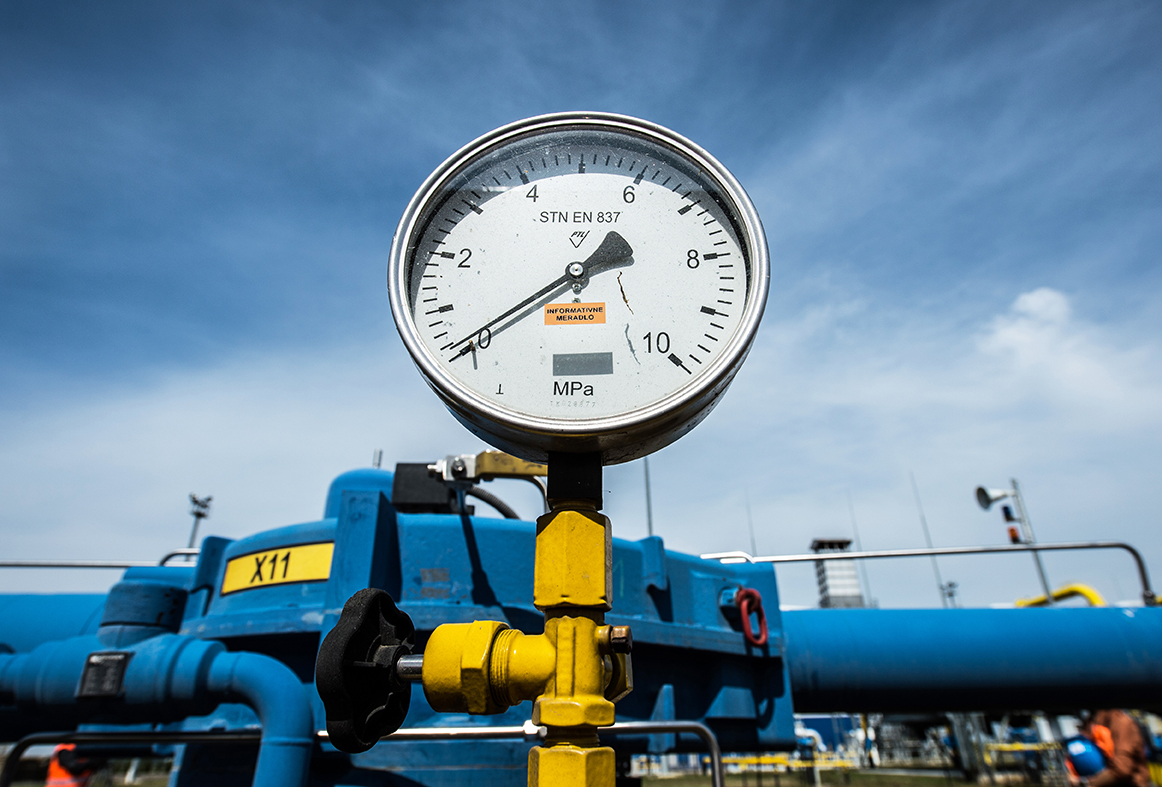Around 800,000 households in urban and rural regions are slated to join the national gas network by the end of the current Iranian year (March 2016), managing director of the National Iranian Gas Company (NIGC) said.
Hamidreza Araghi said a three-year plan calls for supply to approximately 2.4 million households nationwide lacking access to natural gas, a measure which would curb annual consumption of kerosene and liquefied natural gas (LNG) by 3 billion liters and 1.5 million tons respectively, Shana News Agency reported. In line with the national budget law, small towns with more than 20 households will be included in the national gas network. The law establishes the investment framework for the oil ministry and allows investment in oil and gas projects by up to $100 billion. Expansion of gas network is estimated to help reduce foreign exchange costs by $2.5 billion, according to the official. The project has been approved by the parliament's economic commission and will be funded by private investors as well as revenues from saving kerosene and LPG consumption. Araghi stressed that gas delivery to most remote regions is economical as it results in significant reduction in consumption of petroleum products.
Iran holds the world’s second biggest natural gas reserves after Russia. It holds around 17 percent of the world's proven natural reserves with its biggest gas field, South Pars, holding roughly 40 percent of the country's gas reserves.
Pigging Operations
Pigging of nearly 180km of pipeline for petroleum products in northeast Iran will be completed by the yearend, Alireza Tale-Zari, head of the pipeline corrosion engineering unit in the northeast region said. The 22-inch pipeline in Semnan Province is a major route for supplying oil byproducts, he said, adding that pigging of the 462km Shahroud-Mashhad pipeline was completed last year.
Pigging is the practice of using devices known as "pigs" to perform various maintenance operations on a pipeline. This is done without stopping the flow of the product in the pipeline. The operations include, but are not limited to, cleaning and inspecting the pipeline.


